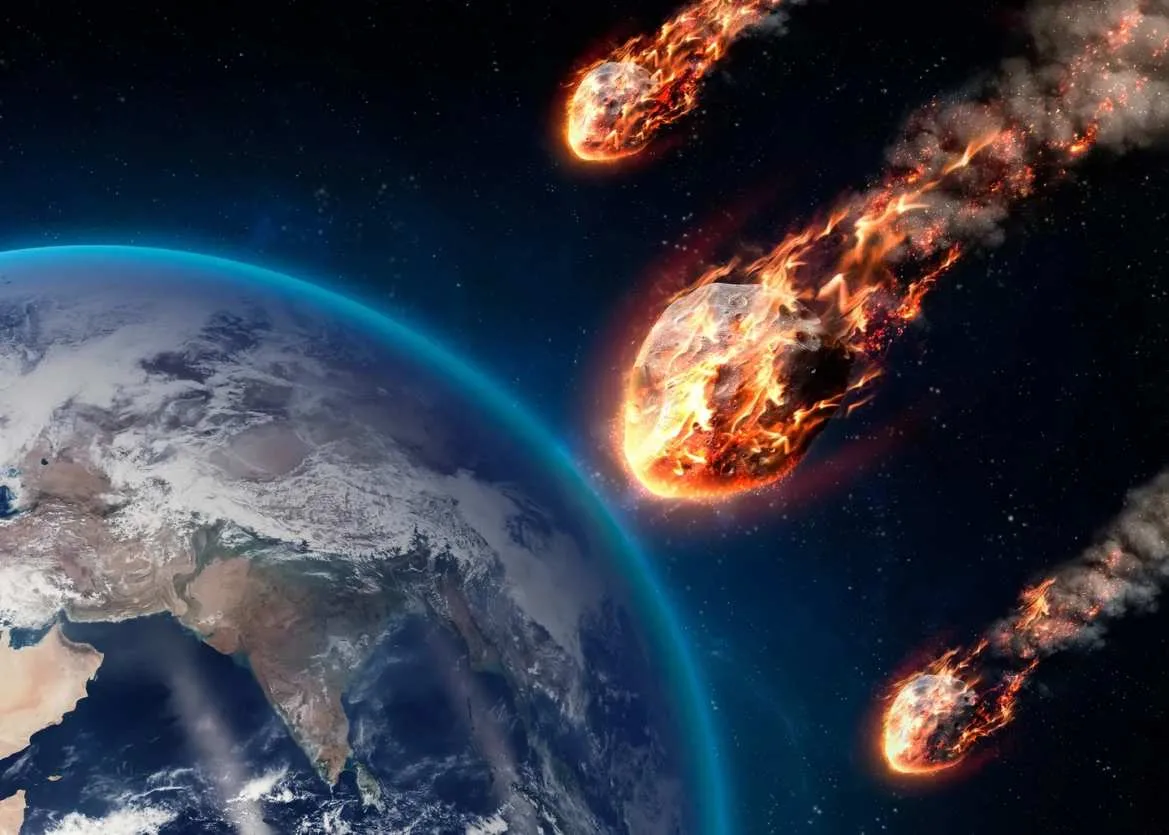NASA’s Jet Propulsion Laboratory has recently released a list indicating that a number of asteroids will fly by Earth in the upcoming days. These near encounters are highly unlikely to cause any harm when they pass close by with the largest asteroid roughly 150 feet in size, while the smallest is only 35 feet.
According to NASA’s Asteroid Watch Dashboard two asteroids, one bus-sized and the other the size of a house, will make relatively close approaches to Earth on Wednesday. On Thursday three more Asteroids, all approximately airplane-sized, are also set to whizz past Earth
NASA’s Center for Near Earth Object Studies has reported that an asteroid labeled “2023 FM” is categorised as “potentially hazardous” due to its diameter, ranging between 120m and 270m.
This size is equivalent to approximately 21 buses lined up in a row. On Thursday, the asteroid will fly by at a velocity of 15.79km/s and will be located at a distance of slightly less than 3,000,000km from Earth, which is equivalent to 0.02 astronomical units.
Although asteroid impacts could potentially eradicate life on Earth, none of the asteroids expected to approach in the next few days are on a collision path or large enough to result in anything more than a minor disaster if they did collide.
When evaluating the danger of an asteroid, NASA examines both its size and proximity. The agency considers an object to be a potential hazard only when it is larger than approximately 500 feet and is expected to fly by at a distance of approximately 4.6 million miles from Earth.
Although all of the asteroids are expected to pass relatively close to Earth, with the closest one being approximately 570,000 miles away and the farthest being 3.85 million miles away, these distances are still enormous.
There is no significant risk of impact, as they will pass at a distance much farther than the distance between the Earth and the moon. Furthermore, none of the asteroids are large enough to pose a threat according to NASA’s criteria.
Even if these asteroids were on a collision course with Earth, two of them would most likely burn up harmlessly in the atmosphere, while the other three would likely cause only limited damage to the surrounding area of the impact site.







